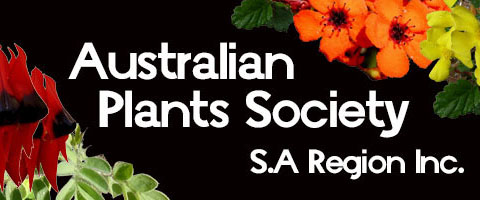Articles
| The following articles are from back editions of the Australian Plants Society - South Australian Region's journal, S.G.A.P Journal. The Journal is published quarterly and sent to all members of The Australian Plants Society SA. |
Control for Bridal Creeper on Kangaroo Island
from A.P.S. Journal, February 2002, 17(1) by Beverley Overton.
Native Grasslands - PART 1: Our Forgotten Natural Gardens
from S.G.A.P Journal, August 1998, 14(7)
What is a Native Grassland?
Native grasslands are naturally-occurring areas that are covered with native grasses and their close relatives in the iron-grass, sedge, reed and rush families, and that have few or no trees. They can be ablaze with colour in spring, with daisies, lilies and other wildflowers. Grassy woodlands, on the other hand, are covered with the same range of native grasses and other low-growing plants, but with widely-scattered she-oaks, wattles, gums and native pines above them.
Native Grasslands - PART 2: Growing a Natural Garden
from S.G.A.P Journal, November 1998, 14(8)
Native Grasslands Are More Than Just Grasses!
Plants Used by the Adnjamathanha
from S.G.A.P Journal, January 1984, 9(2)
Below is a list of some of the more common plants to be found in the Flinders Range. The Adnjamathanha name is given and the traditional use for each plant is outlined. 'Adnjamathanha' is the name of the language spoken by the people living in the Flinders Ranges of northern South Australia.
Bush Tucker
Australian native plants are increasingly being used in foods, either for their flavour, or as a major component. Jam, chutney, salad dressing, and various herbs and spices using Australian native species can even be found in major supermarket chains. Australian plants that are edible, and that are sometimes available at our sales, are listed below.



